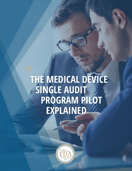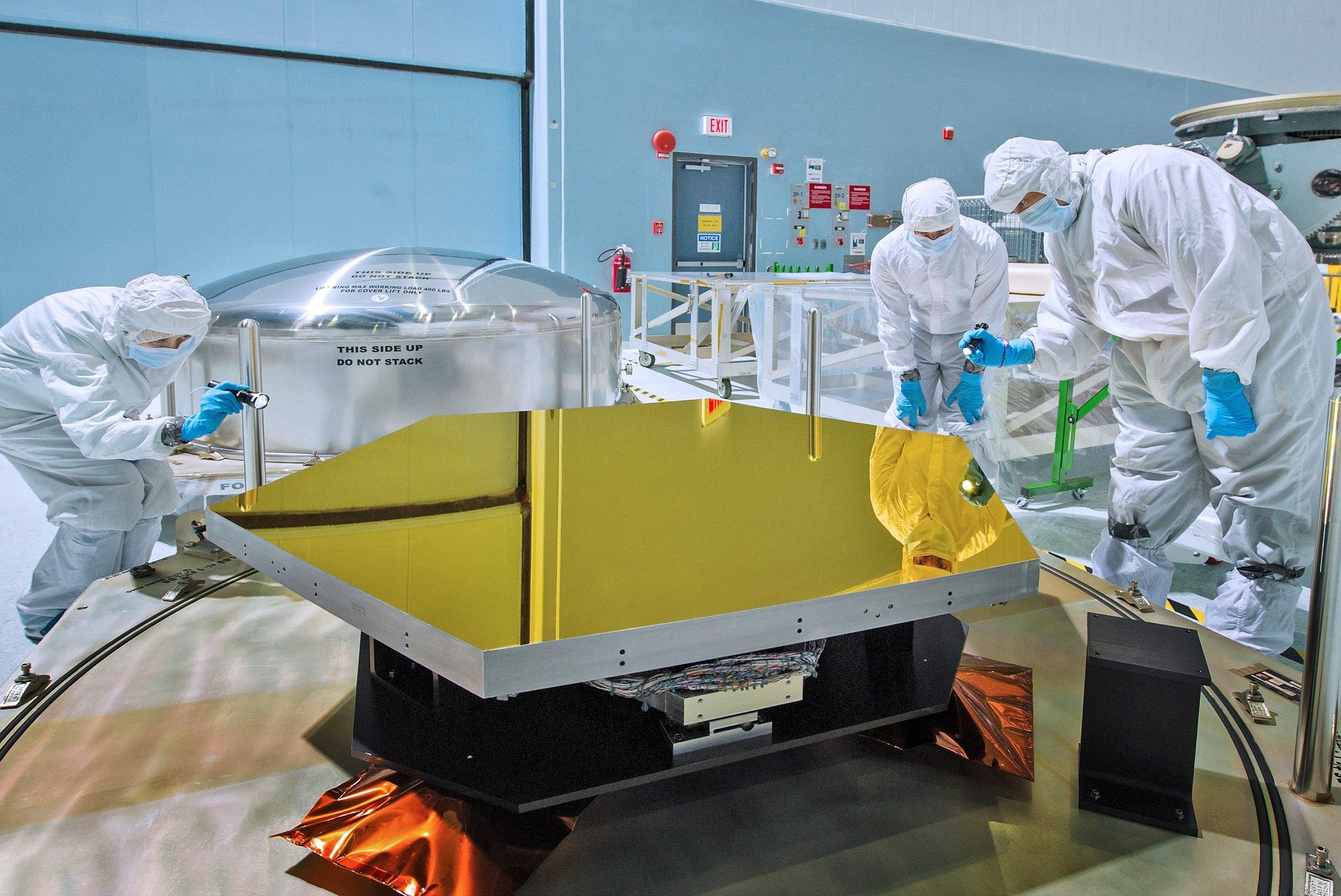Launched by the International Medical Devices Regulators Forum (IMDRF) in 2012, the Medical Device Single Audit Program (MDSAP) provides medical device manufacturers a way to simplify pre- and post-market audits required by regulatory authorities around the world.
Under the MDSAP, a single audit performed by an authorized Auditing Organization (AO) is deemed sufficient to evaluate compliance with the quality management system requirements of regulatory agencies in multiple major medical device markets, including the U.S., Canada, Japan, Brazil, and Australia. [White paper: The Medical Device Single Audit Program Pilot Explained]
This single audit approach reduces the need for duplicate quality management audits, helping device manufacturers better manage costs and access to markets around the world.
We've broken down the specific requirements, activities, and potential complications of a MDSAP audit along with important items every device manufacturer should consider.
MDSAP Auditing Requirements
The MDSAP audit has been designed to meet the requirements of ISO 13485, addressing five primary processes in particular:
-
Management
-
Measurement, analysis, and improvement
-
Design and development
-
Production and service controls
-
Purchasing
MDSAP audits include two other supporting processes to address specific requirements of participating MDSAP regulatory authorities:
-
Device marketing authorization and facility registration
-
Medical device adverse events and advisory notices reporting
MDSAP Auditing Activities
The MDSAP audit program is based on the three-year audit cycle comprised of the following activities:
Along with the auditing activities described above, device manufacturers may be subject to special audits or assessments conducted by regulatory authorities, which may be unannounced.
Potential MDSAP Complications
• The ISO will withdraw ISO 13485:2003 as of March 1, 2019, and medical device manufacturers currently certified to ISO 13485:2003 have until then to modify their current QMS to comply with the requirements of the revised standard.
• Participating regulatory authorities may adopt different timetables for transitioning their regulations to the latest ISO 13485 revision. Health Canada, is one regulatory body that has aligned its timetable for acceptance of ISO 13485:2016 in parallel with that of the ISO7.
• Regulators in other jurisdictions may adopt a more aggressive timetable. This would require manufacturers to switch over to the requirements earlier.
MDSAP implementation is now in progress, making it critically important to plan your transition to the new auditing paradigm as soon as possible.
Contact us to learn how our large staff of quality professionals can help you plan and conduct a MDSAP audit and help you adapt your current auditing processes to comply with new requirements.



